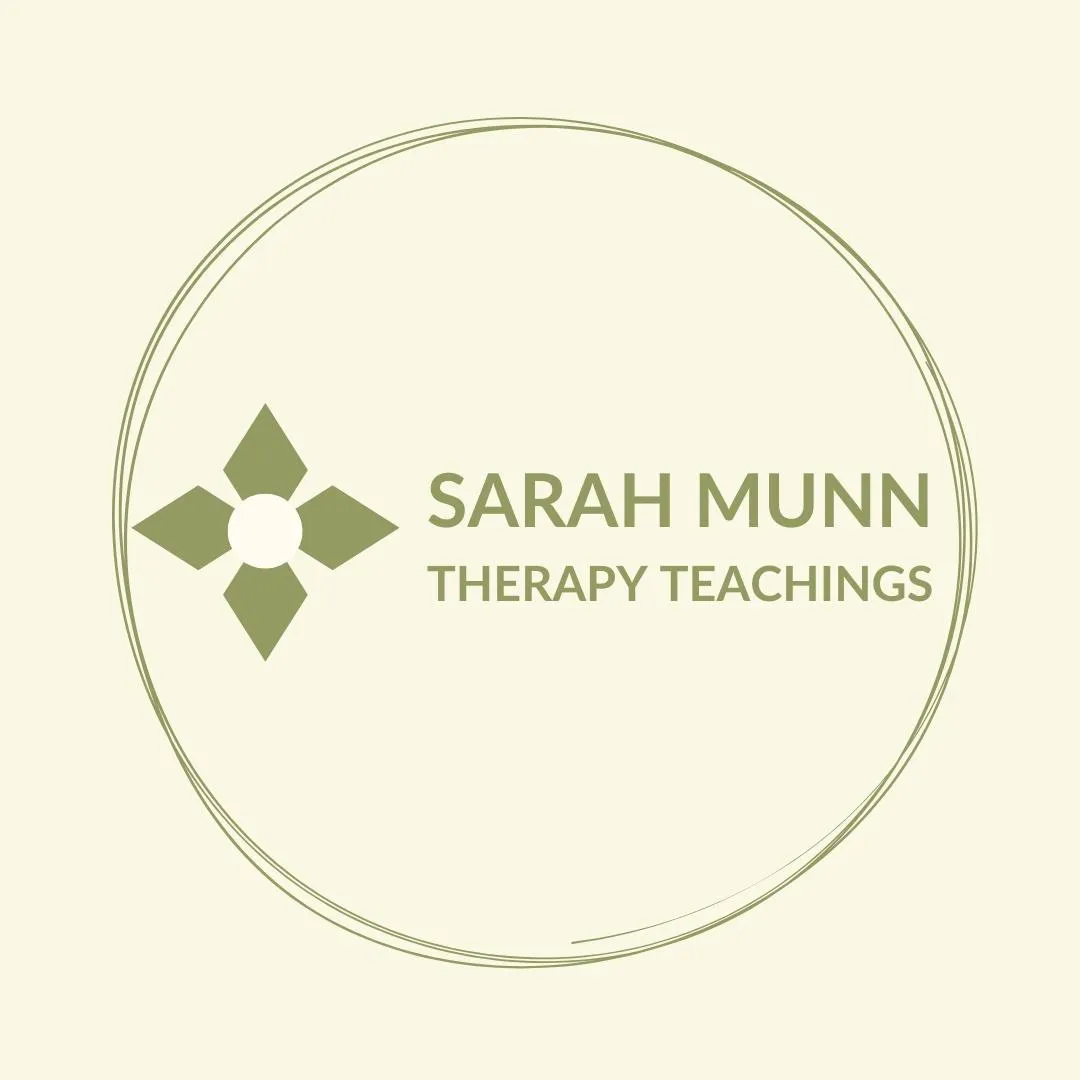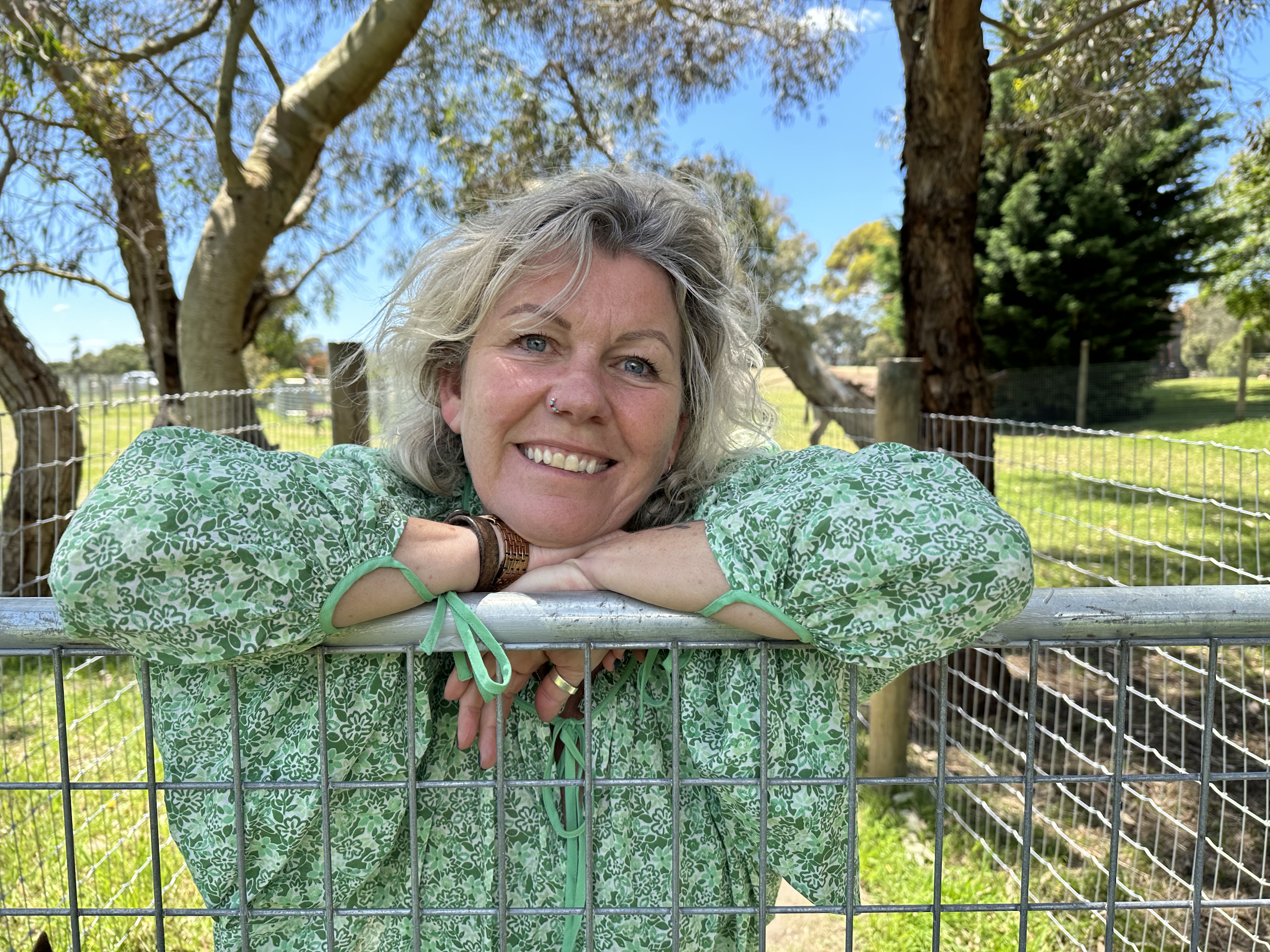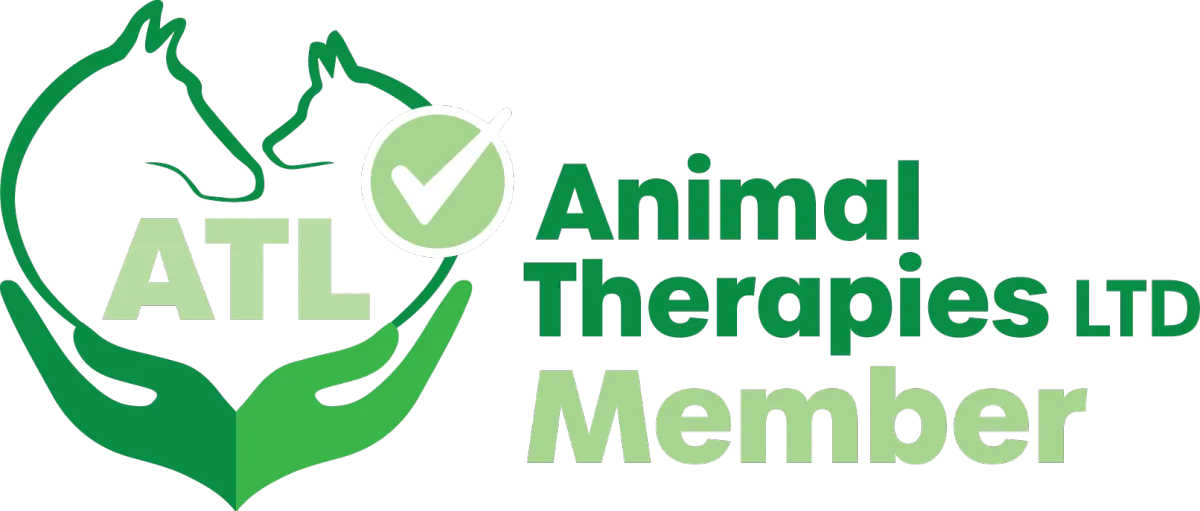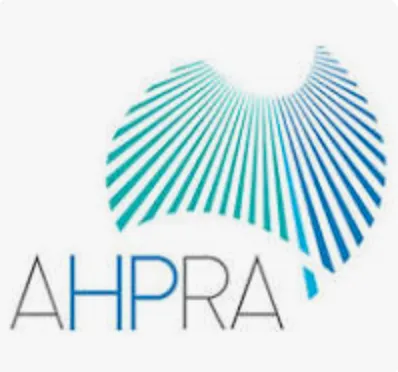Professional Resources
BLOGS
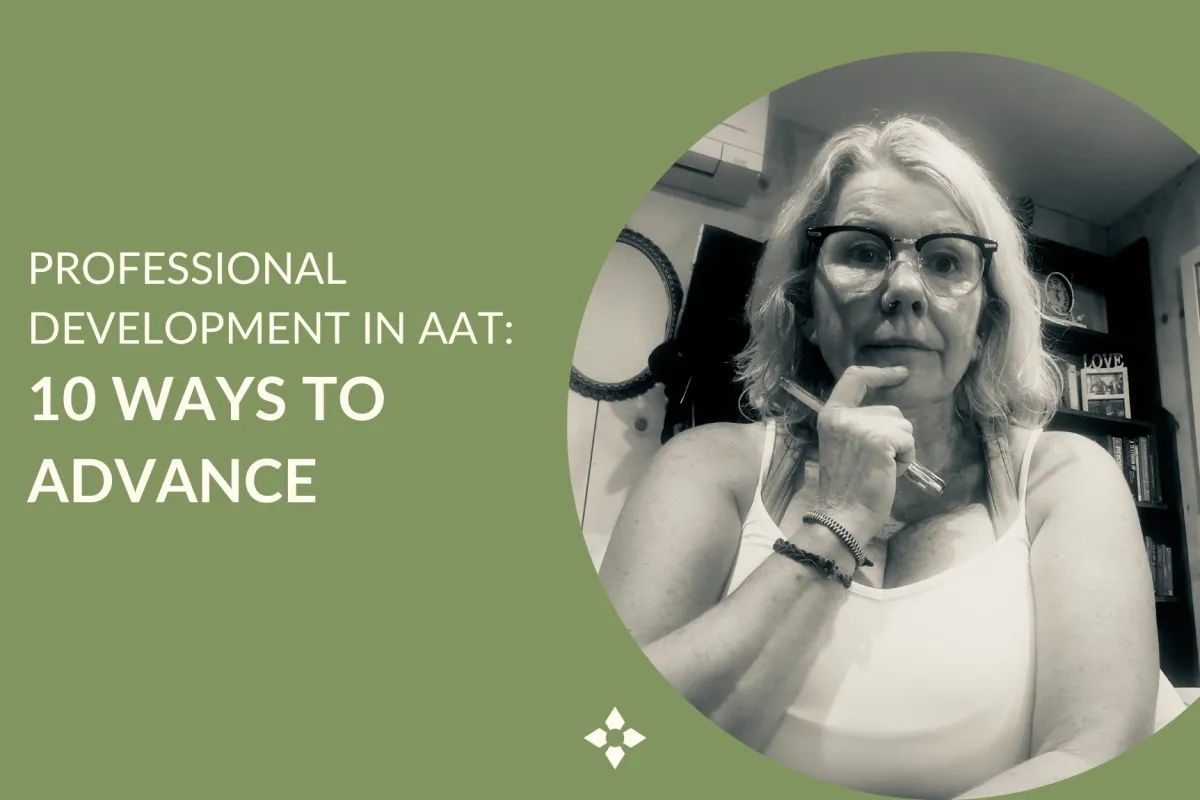
Professional Development in AAT: 10 Ways to Advance
“It’s no surprise that we all need to keep up with the ever-changing world of evidence-based practice in both our original training, for me as an OT, and then in AAT - if we are bonkers enough to work with children and animals together.” - Sarah Munn
10 Ways to Advance Your Professional Development in AAT
It’s no surprise that we all need to keep up with the ever-changing world of evidence-based practice in both our original training, for me as an OT, and then in AAT - if we are bonkers enough to work with children and animals together. If they think the often-said phrase of never work with children and animals is hard in the entertainment industry, then it certainly is when you are tracking the wellbeing of both, without just needing to grab a small amount of film in a take.
There is a lot to do tracking animal and human for the full session. It’s probably the hardest clinical work I’ve done, and yet there are few courses that dig into this and do it well.
There is now a non-negotiable and an expectation within the AAT sector and national standards that therapists get AAT training and insurance despite whether or not it is yet regulated. So that’s the minimum chips. But what can you do after that when you are up and running, often isolated and on your own.
People often ask me how to choose professional development courses and how to get the right kind of experience to keep growing. Here are some tips I follow myself which have stood me in good stead over the years:
1 – Align with a great Supervisor: Get a great supervisor who can help you set goals for your learning based on your vision and your chosen clinical population. A great supervisor will also be experienced at clinical reasoning preferably with your chosen species.
2 – Know your strengths and needs: Be clear about your strengths and needs so you don’t keep getting more of the same, but learn to grow with confidence.
3 – Learn from Sector Experts: Read books by people working in the sector and then follow and train with those who resonate with you.
4 – Join supportive groups: Join groups and learn what is out there AND be discerning. Work out your values and what’s important to YOU and YOUR practice and clients. We aren’t all doing the same things so find a philosophy that fits with you.
5 - Invest in quality not quantity: There’s plenty out there repeating the same things, but find what will help propel you in the right direction for you and provide you with practical advice.
6 – Integrate Animal Techniques: Try and find blogs and presentations which use your usual clinical techniques and approaches you already know, and also include animals, so you can learn how to integrate them.
7 – Attend Developmental Conferences: Once you have the groundwork try and make time for conferences where you can develop further.
8 – Explore global perspectives: Read and search for articles and publications from around the world.
9 – Explore nature-based approaches: Don’t forget learning about care farming and nature-based work also has increasing evidence we can include in what we do.
10 – Engage with specialist interest groups: Find special interest groups like the OTA group for animal assisted services. And work with your national body to set up support for working in the sector so more people can contribute to everyone’s learning including your own.
And I wish you all the very best in your professional AAT journey. See you out there somewhere, someday.
BOOK REVIEWS
The Clinical Practice of Equine Assisted Therapy - Including Horses in Human Healthcare
by Leif Hallberg
This is a must have on the shelf if you are a therapist working with horses and takes you through the different types of equine assisted activities and the research that has been published to date.
Leif has been a supervisor and mentor to me so I know opinions on the sector, but if you can't work with her directly this is a good go to. She recommends many of the things I also believe in such as the use of the farm and other activities to take the pressure off the horses, so she also presents a niew of the equine and farm milieu in general.
One of the most academic books of its time.
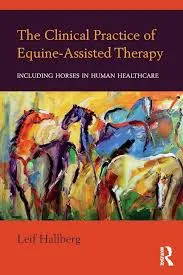
What Happened To You?
Conversations on Trauma, Resilience and Healing by Bruce D. Perry & Oprah Winfrey
I loved this book. Both professionally and personally, it gave me so much breadth across this clinical area and made sense of my own life experiences. There are so many take home messages for therapists working with trauma, it's impossible to list them all so I'll tell you what I liked most.
One thing I did love was that he mentioned occupational therapy several times as well as animal assisted therapy as being an important part of a team approach. Another think I took from the book, apart some self satisfaction that we are on the right lines at Barefoot Therapists and Gadara Farm, was his criticism of labels like 'trauma informed' and 'trauma sensitive' which he dais have no standards and no recognised training. Apparently there are whole towns who promote themselves as trauma informed. Wow.
Another thing I loved was the focus on a developmental approach. This is so important, as we know so many kids who have experienced trauma to work from where they are socially and emotionally.
I loved his focus on First Nation's people, and his story of visiting the Mauri people in New Zealand where his medical model was challenged when he asked about drugs, depression and anxiety. They said it's all the same. As we often try and break it down, we miss a key factor, which is connectedness, which is key to being healthy people.
Dr Bruce Perry was critical of social media as the main way to socialise - which I agree with. While we can use it as a helpful resource we do need to be careful to still connect face to face for connectivity. And what I am most interested in is helping people organise their lives and stresses so they can actually do this in their own lives - professionally or personally.
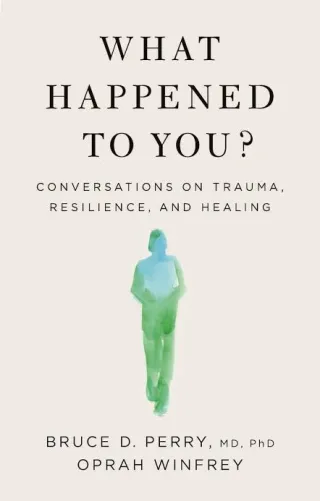
The Use of Self in Therapy by Michele Baldwin
I love the notion that many therapists cannot be healers because they are too busy defending themselves (Carl Rogers). I love the acknowledgement that for some of us the intuitive presence of us as a therapist almost transcends the goals at times.
Our disclosures must show /maturity and positive adjustment' (Charles H Kramer). This resonates with me. Setting up Sarah Munn Therapy Teachings there was an intention to share my journey and my healthy adjustment to my own disabilities and thos of my children's.
Over the years I have seen the benefits of self-disclosure in effective work with parents. However, we are taught about keeping strict professional boundaries. The world is changing and understanding how to be 'in relationship' with our clients is more important than ever. As is our own return to healing.This book clearly articulates the unseen and unmeasured side of what we do.
A great read for therapists working in emotional wellbeing.
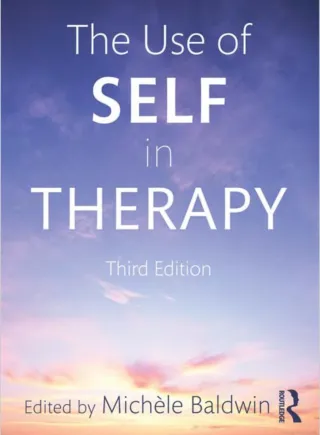
Trauma-Sensitive Mindfulness by David A. Treleaven
With the explosion of mindfulness David Treleaven is concerned about meditation being offered in all walks of life, sometimes by untrained and inexperienced providers, where signs of trauma are being missed and not referred on to professional therapists with experience in the field.
This book informs therapists and meditation teachers of their scope of practice when including meditation for the benefit of people who have experienced trauma. It is also a stark reminder of the difficulties and discomfort some people experience in the body and mind during mindfulness which often go unnoticed and can break down trust and safety. A promotion for systemic reform and social justice, this book is for therapists and meditation teachers who offer full sessions or just want to add in a little bit of meditation to other practices.
If you won’t know how to work with trauma if it surfaces, then you need to have a good network of referral pathways to professionals who can follow up with trauma recovery and healing. Treleaven says we need to be clear that we have a full history of any trauma.
We know at Barefoot that people with difficulties in relationships, social connectedness or disability often experience systemic traumas, as do other marginalised groups which he talks about extensively including First Nations people.
Treleaven also guides against cultural appropriation where meditation providers do not understand the lineage of their items and can cause offence. He recounts a story of a teacher using a singing bowl when one of the students looked at it and said that in her culture it is used at funerals. She was not impressed with the teachers lack of knowledge of his tools.
Another reiteration that trauma continues through generations in our DNA so some of our clients can be quick to elicit a stress response. Even to positive stress when doing something exciting like riding a bike or a horse can be triggering to some people.
The book reminds us that workers who experience lots of descriptions and information about traumatic events can also experience PTSD. They can raise personal things up for therapists and meditation or yoga teachers working in this space so it is a reminder to take care of yourselves. I loved this book and as I finish my meditation training it is good advice to ‘notice’ those we seek to help (which is hard with your eyes shut).
At Barefoot Therapists we find purposeful movement outside with an end goal, working in nature, in rhythm and with animals can all be helpful in the healing process and can be a good introduction to mindful practice before we ask them to be still and notice themselves.
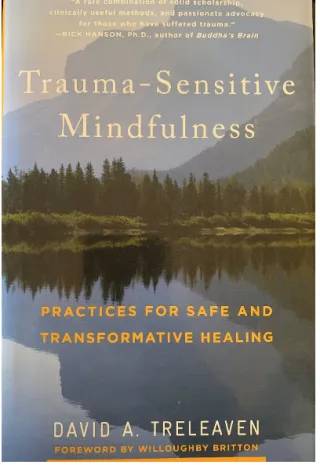
Acknowledgement to Country
We Respect and Acknowledge the Traditional Custodians of Country throughout Australia and their connections to the land, sea and community, and recognise the land on which we work is home to the Bunurong / Boon Wurrung members of the Kulin Nation. We pay our respects to all Elders past, present & future.
We meet the required standards for Insurance and Education.
Farm:
Gadara Farm
470 Boneo Road
Boneo, Vic 3939
Clinic:
Barefoot Therapists
1/16 Henry Wilson Drive
Rosebud Vic 3939
(03) 5981 1120
Sarah Munn Therapy Teachings
ABN 62307340650
Connect with us
We'd love to connect with you on Facebook or Instagram.
